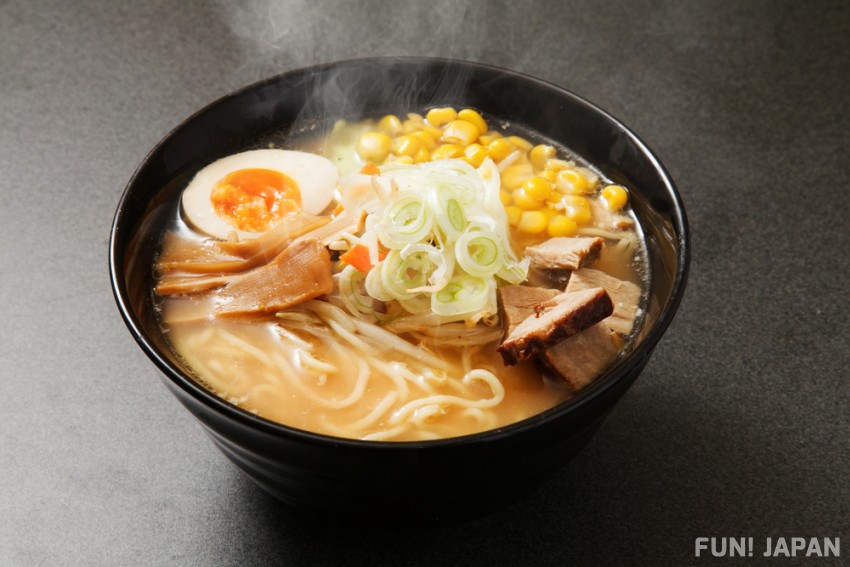
Do you have Japanese ramen shops in your country? Have you tried eating miso ramen before? Let’s take an in-depth look at all things miso ramen!
Miso Ramen Soup
Miso ramen broth is made by taking the broth from boiling pork bones and combining it with ground meat, vegetables, and miso. Many specialty miso ramen restaurants use their own homemade miso paste in recipes.
Miso Ramen Noodles
Miso ramen often uses wide and thick yellow noodles. They have a unique flavor and chewy texture.
How to Eat Miso Ramen
Along with roasted pork belly, which is a normal addition to ramen, miso ramen often comes with corn and butter as a topping as well.
How to Make Miso Ramen
Most of the time, miso ramen soup combines onions, carrots, garlic, ground meat, and a broth taken from pork bones and miso paste. Which type of vegetable, broth, and miso is used depends on each restaurant.
- Fry cut vegetables until they become fragrant, then add the ground meat.
- Add the broth, boil it and remove any scum, remove from heat, then add miso.
Modern Day Miso Ramen
It’s said that Sapporo in Hokkaido is the birthplace of miso ramen. Supposedly, Morito Ohmiya, the owner of a restaurant named Aji no Sanpei in Sapporo, was the person who thought of the original recipe.
After that, Dosanko Ramen created a domestic ramen restaurant franchise in 1967 and, in 1968, miso ramen became famous as the local ramen of Hokkaido thanks to the release of Sanyo Foods’ Sapporo Ichiban Ramen instant ramen.
On the other hand, it’s also said that a ramen shop called Ryushanhai in Nanyo, Yamagata ( which also happens to have the highest consumption rate of ramen in the country and a population of only 100,000 people) came up with the idea for miso ramen in 1960.
The type of miso used in miso ramen varies based on the local preferences and includes Sapporo ramen (Sapporo, Hokkaido), Jigoku ramen (Kitahiroshima, Hokkaido), Sendai ramen (Sendai, Miyagi), Akayu ramen (Nanyo, Yamagata), Niigata miso ramen, (Niigata City, Niigata), Hachou miso ramen (Okazaki, Aichi), Kyushu Mugi-miso ramen (Kumamoto), and Kagoshima ramen (Kagoshima City, Kagoshima).
Were you able to learn something new about miso ramen and its history? We hope you’ll get the chance to try and enjoy miso ramen more in the future!

Comments